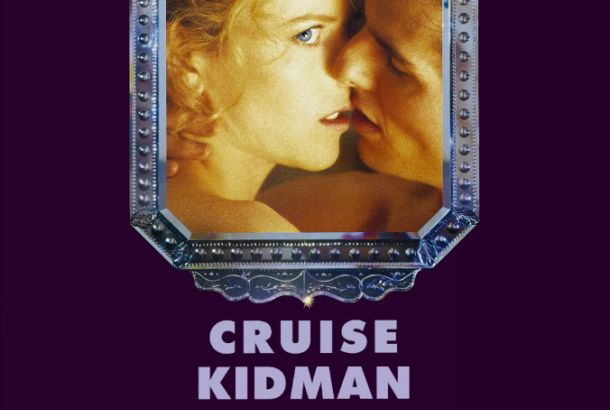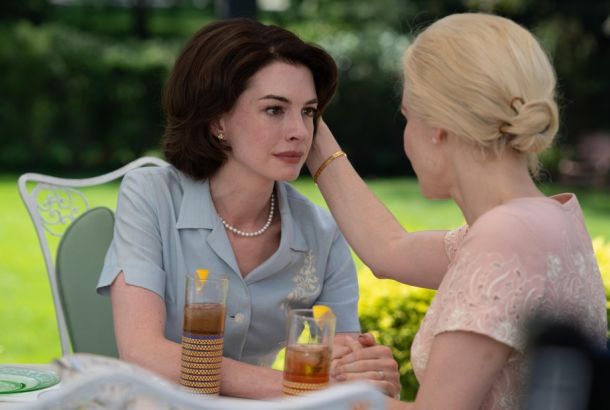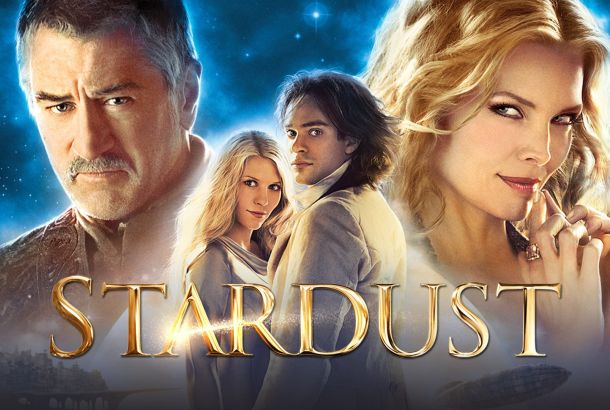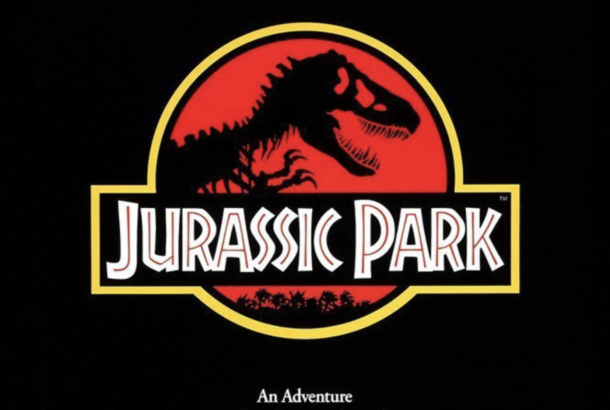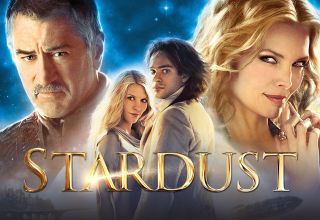The Hunger Games: The Ballad of Songbirds and Snakes review – Dystopia as a hard-hitting critique of the modern world

The much-anticipated Hunger Games prequel The Ballad of Songbirds and Snakes finally premiered in the UK on November 17, 2023. The dystopian action film traces the origins of The Hunger Games trilogy, sending the characters 64 years back in time to the 10th Hunger Games to explore young Coriolanus Snow’s (Tom Blyth) rise to power in Panem.
Like with any huge franchise, there is always a risk that new additions – whether that be prequels, sequels, or final instalments – will self-sabotage the initial ideas and cast themselves as money-grabbing ploys. I’m not ashamed to say that The Hunger Games novels and their later film adaptations literally carried my teenage years, but this meant that I had high hopes for director Francis Lawrence’s final instalment.
I’ll cut to the chase – The Ballad of Songbirds and Snakes is a 9/10. Film? Great. Actors? Great? Cinematography? Great? However the use of dystopia is the standout here; not only is it deeply disturbing, but it is all too accurate in today’s context.
Of course, when I first started reading and watching the franchise, I simply casually enjoyed the dystopian roots. In terms of thought processes, it didn’t go much deeper than that. However, returning to the franchise several years later means that everything I had previously known now has a deeper meaning.
Take the architecture of the Capitol, the centre of Snow’s dictatorship. When I was 12, it looked like a bleak, grim place whose character rests not on the gritty city but on its flamboyant inhabitants. Look a bit closer, and you’ll see that the architecture – a mix of classic fascist structure and postwar reconstructionism – plays with power. With filming split between Germany and Poland for Songbirds and Snakes, this instalment felt frighteningly tangible.

The film’s setting and scenery toys with liminal spaces, which are both familiar and defamiliarized. This is encapsulated in the 10th Hunger Games’ arena, in which Lucy Gray Baird (Rachel Zegler), Snow’s assigned tribute and mentee from District 12, competes.
While the arena’s exterior is Berlin’s Olympic Stadium – constructed during Hitler’s Third Reich between 1934-6 – the interior is Wroclaw’s gladiator-esque Centennial Hall, built in 1913. Mixed with the film’s continuously dark colour palette, the domineering concrete structures give a sense of solemnity to the film, especially in shots which depict the Hall to be looming over Lucy Gray. The architectural and setting choices anchors Songbirds and Snakes in reality and draws the audience one step closer to the world which the characters inhabit.
One of the best performances is given by Lucretius ‘Lucky’ Flickerman (Jason Schwartzman), the host of the 10th Games. Not only is he given all the best quips, providing the audience with some comic relief in an otherwise dark 2 hours and 45 minutes, but he has some of the best deeply dystopian lines too. He summarises the Games as “what happens in there, that’s humanity undressed,” which has many disturbing undertones given the current political climate.
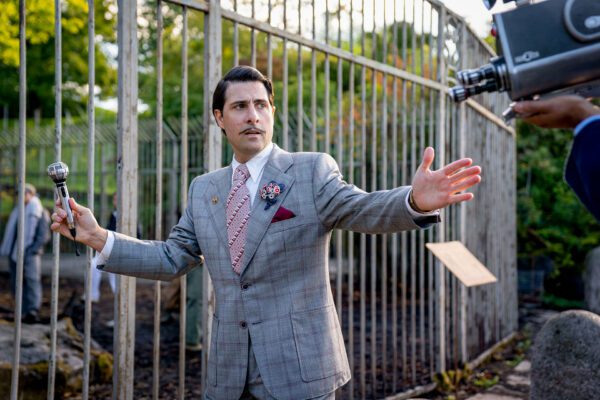
Flickerman also stresses down the camera that the events just televised were “violent, horrific and disgusting,” only to immediately trivialise this by continuing to televise the Games with his trademark animated ostentatiousness. While Flickerman’s ‘moral/immoral’ tightrope often lands him on the side of ‘immoral,’ the line he treads is thin enough to make the audience revel in his scenes.
Another key dystopian symbol in the film is the weaponisation of water. The basic right of access to water is uncomfortably violated, as characters are either rewarded or killed both by and in their search for water. Although this weaponisation is sharply grim, without giving away any spoilers, this works in both the Capitol and the District’s favour.
Although some of the characters took a while to grow on me – I wasn’t a fan of the twang in Lucy Gray’s voice or the underdeveloped characterisation of Snow’s classmates – the film’s use of symbolism and satire overshadows this. Throughout The Ballad of Songbirds and Snakes, the nature versus nurture debate is keenly explored. The point of the franchise is that the audience is the Capitol. And given modern-day world affairs, this has never felt so profound.
The Ballad of Songbirds and Snakes is out now in cinemas.
